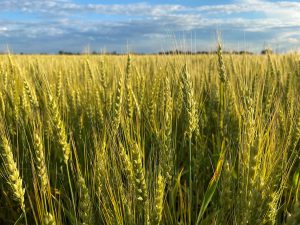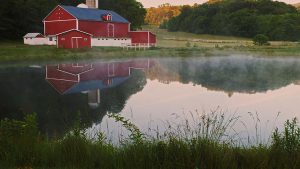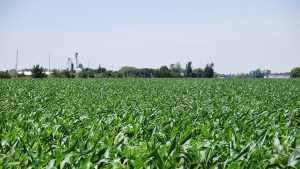Cropside: Maximizing control
AGRONOMIC INFORMATION FROM ONTARIO'S CROP SPECIALISTS

LAMB’S-QUARTERS HAS consistently been identified as the most abundant and problematic weed affecting field crop production in Ontario. Yet the Pest Management Regulatory Agency database contains hundreds of herbicides that list lamb’s-quarters as a susceptible weed. It is safe to say there is an arsenal of products available to farmers for the control of this weed — so let’s focus on maximizing their effectiveness.
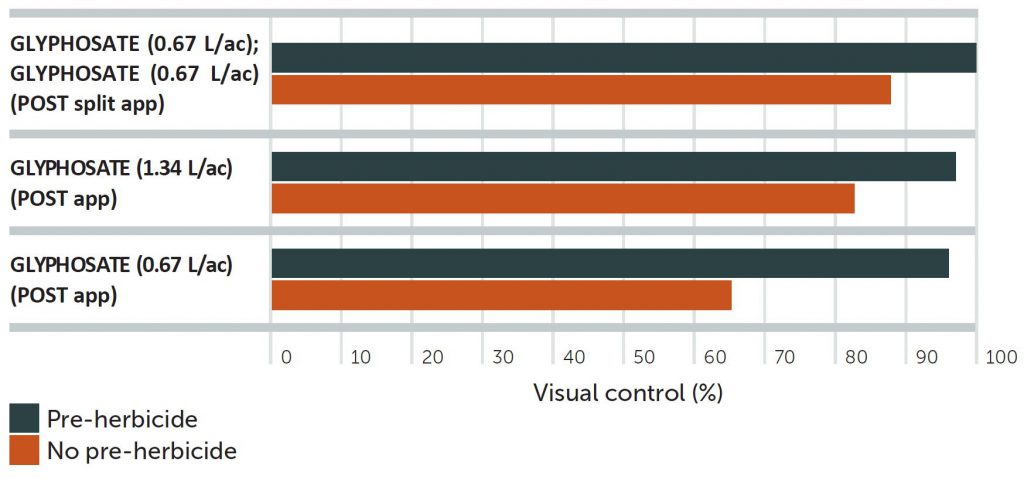
SOIL APPLIED HERBICIDES IMPROVE CONSISTENCY OF CONTROL WITH GLYPHOSATE
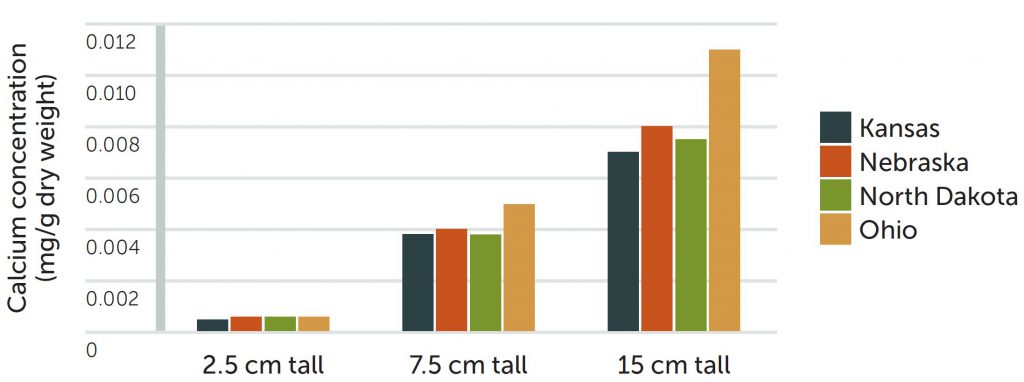
A management strategy that only relies on non-residual, post-emergence herbicides for lamb’s-quarter control is more likely to fail. One is hopeful that the entire lamb’s-quarter population will emerge within a small time period and be at a sensitive stage at application. This never happens. There is usually a wide range in seedling emergence and plant stage. Consequently, when farmers want to make only one postemergence herbicide application, understandably they tend to wait until the majority of weeds are up. Inevitably there will be a wide range in growth stage, with a portion of the population being too big to control. Not only will this cause reduced weed control, but increased grain yield losses from weed competition. When glyphosate tolerant lamb’s-quarter populations were targeted in Indiana and Ohio, the use of soil applied pre-emergence herbicide improved season-long lamb’s-quarter control with glyphosate by as much as 30 per cent (Figure 1).
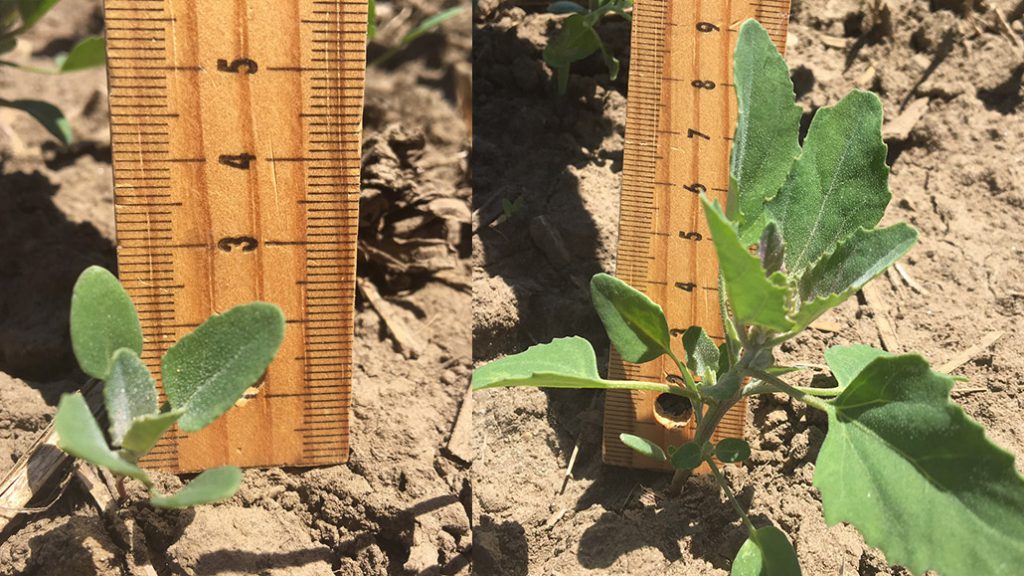
BIG LAMB’S-QUARTERS ARE HARD TO CONTROL
Calcium (Ca2+), a divalent cation, is known to antagonize glyphosate activity and reduce weed control. As lamb’s-quarters get larger, the concentration of calcium within the plant increases (Figure 2). Control is most consistent with glyphosate when lamb’s-quarters are about 2.5 cm tall at application. Although studies have observed good control with glyphosate when lamb’s-quarters was less than 10 cm tall at application. Regardless, once lamb’s-quarter is over 10 cm tall, higher rates of glyphosate are needed to get acceptable control. •






















